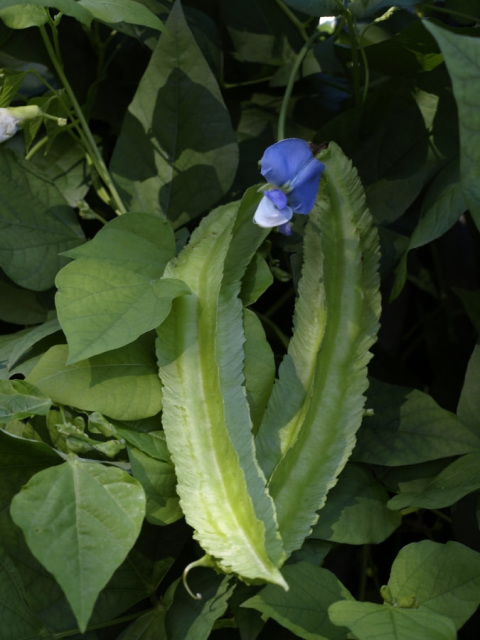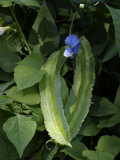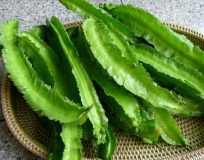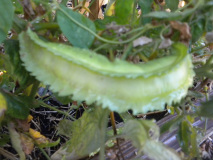- Store
- >
- Vegetable Seeds
- >
- Asian 'Winged Bean' seeds, Goa, Psophocarpus tetragonolobus, China, 3 sizes
Asian 'Winged Bean' seeds, Goa, Psophocarpus tetragonolobus, China, 3 sizes
AKA Tua Pu, Sigarillas, Goa Pea, Urizun, Asparagus Pea and Shikaku-mame. Tropical Asian perennial. Extremely nutritious and versatile culinary plant. Climbing vine that needs a supportive trellis.
Not only is it delicious, the winged bean also has the potential to be a key nutritional food worldwide because ALL of the plant is edible, from its roots to leaves to the beans. Officially a legume (enriches soil), the whole bean pod is so tender that it is used as a vegetable in cuisines all over tropical Asia. It is a great source of protein (similar to soybean, almost 35% protein!), calcium and iron, as well as vitamins A and C. Flavor is similar to asparagus. Blue flowers. Slow grower at first, but will reach up to 12 feet with hanging fruit. Good for a tropical arbor. No frost.
The tender pods, which are the most widely eaten part of the plant, are best when eaten young. They are ready for harvest within three months of planting. The flowers are used to color rice and pastry. The young leaves can be picked and prepared as a leaf vegetable, similar to spinach. The leaves and flowers are also high in protein (10–15%).
The nutrient-rich, tuberous roots have a nutty flavor. They are about 20% protein; winged bean roots have more protein than many other root vegetables.
The dried seeds or beans are about 35% protein and 18% fat. They require cooking for two to three hours to destroy the trypsin inhibitors and hemagglutinins that inhibit digestion. Seeds can be eaten dried or roasted. Dried and ground seeds make useful flour, and they can be brewed to make a coffee-like drink.
Prefers a warm, humid tropical environment, so no frost. Scarify seeds and soak overnight. Imported from China.






